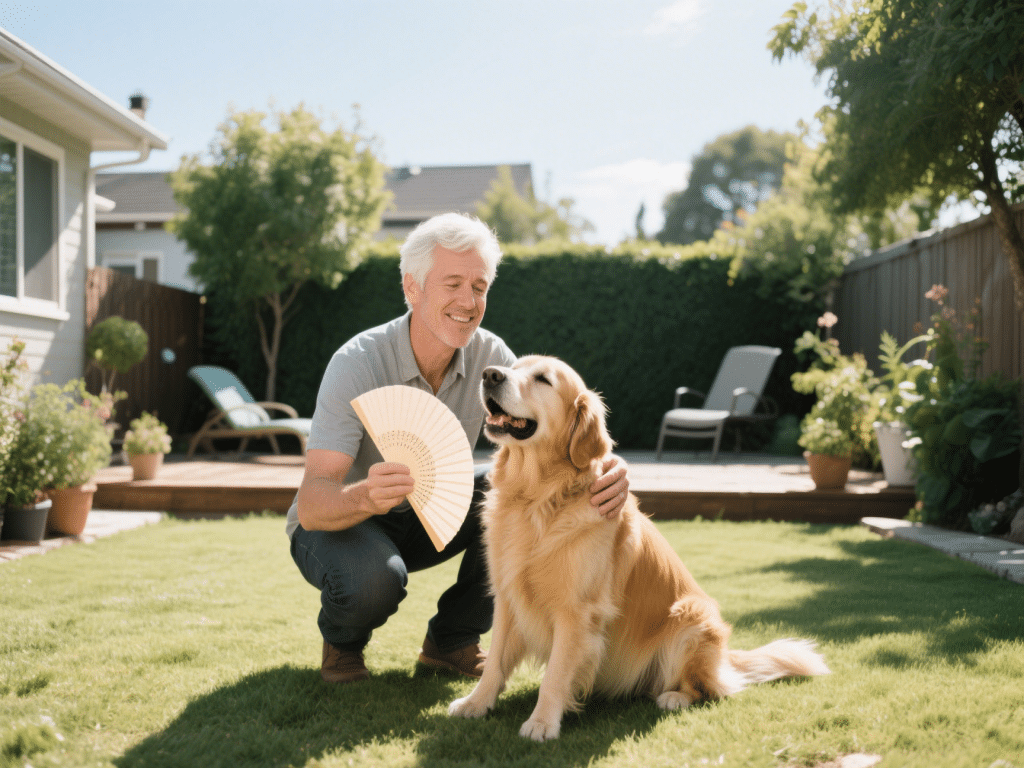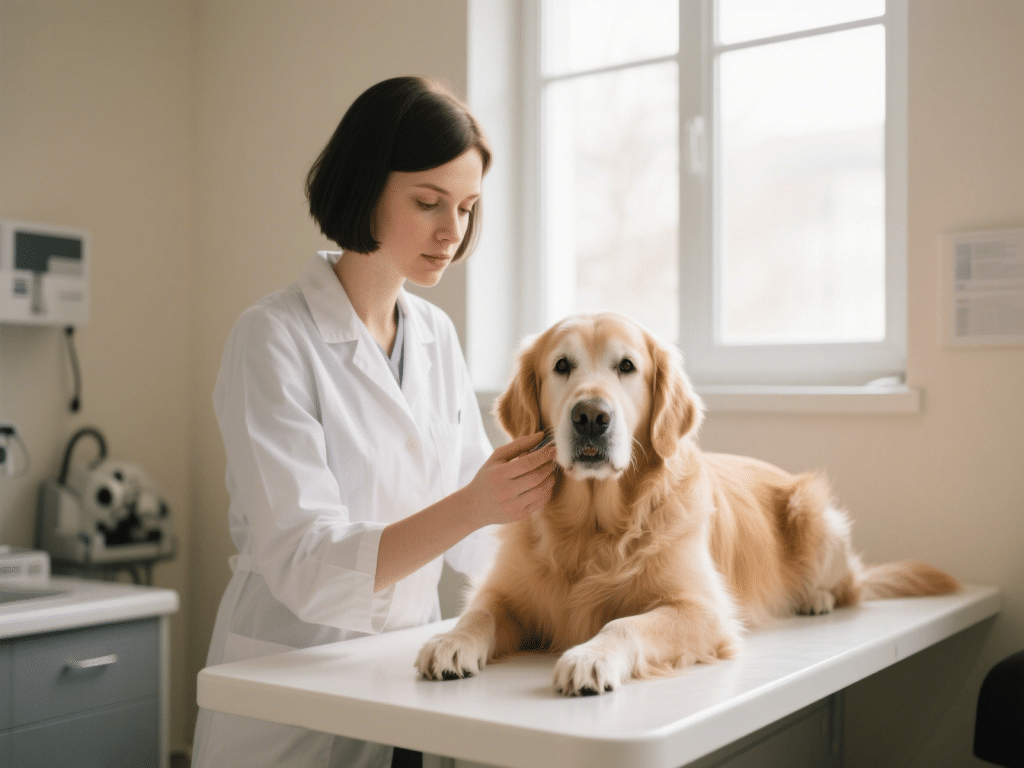Grooming Sensitive Dogs: Tips for Gentle Baths and Skin Care

Dogs with sensitive skin require an especially thoughtful grooming routine. Harsh shampoos, vigorous scrubbing, or improper drying can aggravate irritation, rashes, and discomfort. As a certified professional groomer and canine skin-health advocate, I’ve worked with poodles, Schnauzers, and mixed breeds prone to dermatitis—here are my top recommendations for nurturing delicate coats with kindness and expertise.
1. Choose the Right Products
Sensitive-skin dogs benefit from pH-balanced, hypoallergenic formulas free of sulfates, parabens, fragrances, and dyes. Look for:
Oatmeal-based shampoos: Soothing anti-inflammatory properties.
Colloidal oatmeal or aloe vera conditioners: Hydrate and calm.
Non-soap cleansing bars: Gentle cleansing without stripping oils.
Always perform a patch test behind the ear: wait 24 hours to confirm no reaction before full-body use.
2. Pre-Bath Preparation
Detangle & Demat: Use a wide-tooth comb or slicker brush to remove loose hair and knots. Mats trap moisture and irritants next to the skin.
Inspect Skin: Check for redness, flakiness, hot spots, or flea dirt. Note any areas requiring extra care or veterinary attention.
Trim Around Eyes & Paws: Shorter hair in these zones prevents debris buildup and reduces rub irritation.
3. Bathing Technique for Sensitive Skin
Lukewarm Water Only: Too-hot water exacerbates inflammation.
Gentle Application: Dilute shampoo per label instructions and pour over the back, massaging softly—avoid vigorous rubbing.
Face & Ears: Use a damp microfiber cloth. Never apply shampoo to facial areas where eyes or ears can be irritated.
Rinse Thoroughly: Leftover product can trigger itching. Spend extra time on folds, underarms, and groin.
Conditioner: Apply a small amount, leave for 2–3 minutes, and rinse completely.
4. Drying & Post-Bath Care
Blot, Don’t Rub: Use soft towels to press out moisture.
Low-Heat Drying: A quiet, low-heat dog dryer or cool human dryer prevents overheating and fur damage. Keep the nozzle moving to avoid hotspots.
Brush During Drying: A pin brush helps fluff the coat and prevents tangles.
5. Regular Moisturizing & Skin Maintenance
Between baths (no more than every 4–6 weeks), apply:
Oatmeal spray: Quick relief for itch-prone areas.
Coconut oil rub: Lightly massage into dry patches.
Medicated wipes: Vet-recommended formulations to control yeast or bacteria.
6. Grooming Environment & Handling
Quiet, Calm Setting: Reduce stress with soft music and minimal noise.
Reward & Desensitize: Use treats and praise to make grooming a positive experience.
Short Sessions: Multiple brief grooming sessions prevent overstimulation.
Sensitive-skin dogs flourish under a regimen that prioritizes gentle products, careful technique, and soothing aftercare. With these expert tips—vet-approved shampoos, patient handling, and consistent moisturization—you’ll keep your pup’s coat healthy, itch-free, and gleaming with comfort.









Comments on "Grooming Sensitive Dogs: Tips for Gentle Baths and Skin Care" :